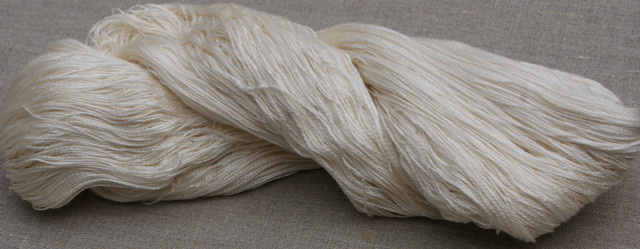How to Choose the Best Rug Material
Nylon, wool, acrylic, cotton, and polyester are just a few of the various fibres used to make rugs. Silk and leather are less prevalent but worth investigating if you want to seem expensive. The variety of possibilities can be overwhelming, but the fibres used in a rug affect how it appears, how long it will last, and how stain-resistant it is. Habu silk-wrapped paper yarn is a luxurious version of linen paper yarn.
Regarding durability and quality, natural fibres—especially wool—might be a better option overall. However, synthetic fibres have the benefit of being relatively accessible and currently offering a large selection of options. Which kind of material should you use for a rug? There is no one solution because it depends on numerous circumstances.
Where Do You Plan to Put Your Rug?
Your choice may greatly influence the location of the rug. Will the rug be in the living room's corner or the foyer? Will a wall exhibit house it? Depending on where it is located, your rug may see a lot of foot traffic. Although placing a very expensive wool or fragile silk rug in the foyer might not be a good idea, these materials will offer a very opulent appearance to a protected living room or bedroom area. For the greatest in one-of-a-kind or bespoke, handcrafted items from stores, check out the selection at knitting yarn Australia.
However, these will offer an opulent impression to a protected living room or bedroom area. There may be better choices than placing a very expensive wool or fragile silk rug in the foyer. Bamboo rugs will feel relatively soft underfoot but hold up well in high-traffic places like entrances.
Have you decided how the rug will be used?
What kind of use will your carpeting see? Is there a lot of traffic there, or is the main function largely one of the exhibitions in a sparsely populated area? Will kids and pets also use it? Consider a durable synthetic fibre like nylon or polypropylene if it will be put under rigorous wear. Consider a mildew-resistant synthetic material like acrylic if your rug is placed in a moist environment. Wool, which retains moisture, is not wise in this circumstance.
Choose a rug's quality.
What kind of quality, most significantly, are you seeking? Do you desire the rug to hold its value over time? If so, a wool or silk rug could be preferable. You may purchase rugs made of less expensive natural fibres like cotton or jute if excellent quality and long life are not a priority, or you could choose from an infinite number of options made of synthetic fibres like nylon, acrylic, or polypropylene.
Determine Your Budget
Keep your budget in mind. Willing to spend money on a high-quality rug? Pay more for a rug made of natural fibres like wool or silk than synthetic materials. Synthetic fibre is a better option if you only need a stylish floor covering and want something other than high quality. Depending on your aesthetic, there are also less expensive options in natural fibres like cotton, sisal, or jute.
Conclusion
When seeking merino wool yarn, choose YarnHub since we have a variety of superior yarn for your textile experiments. We will ship exquisite hand-dyed yarns, dyes, and weaving materials anywhere worldwide. You will like our selection of YarnHub signature yarns, which are hand-dyed in distinctive colours that will inspire your imagination.
.png)



Comments
Post a Comment